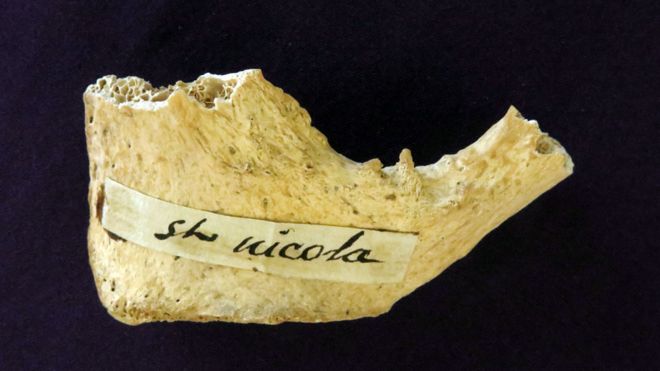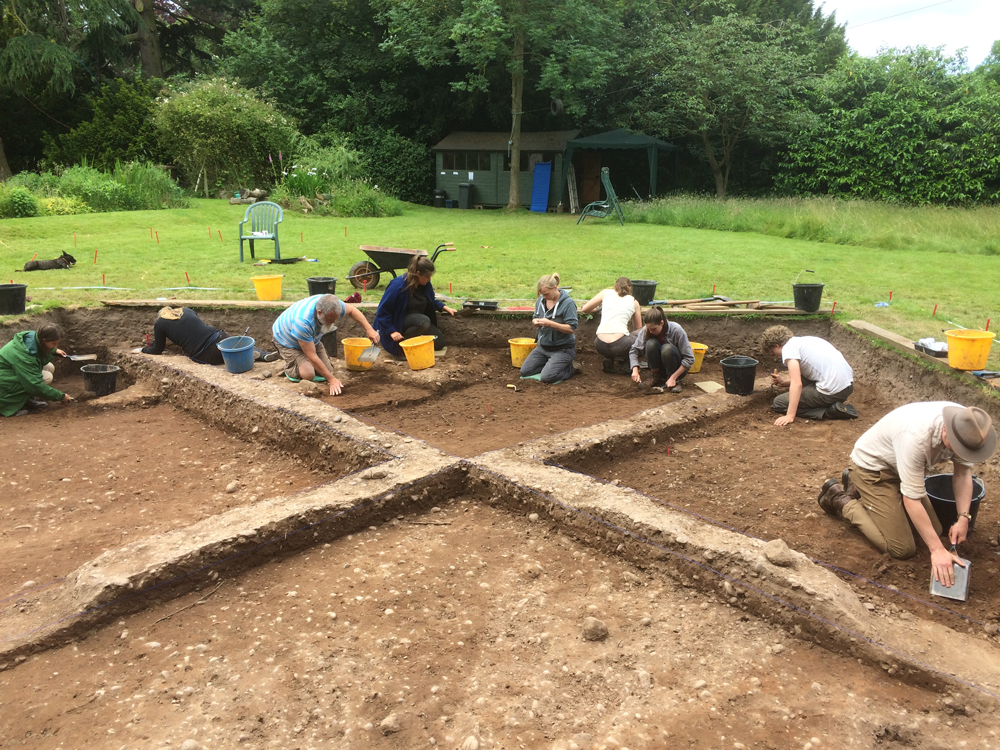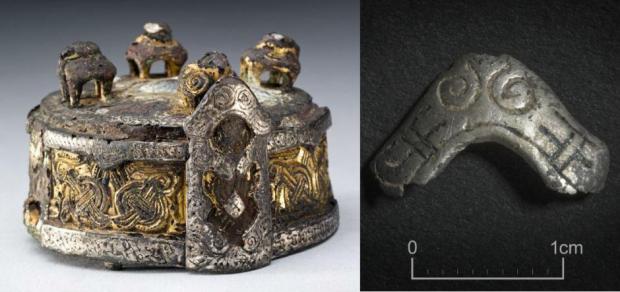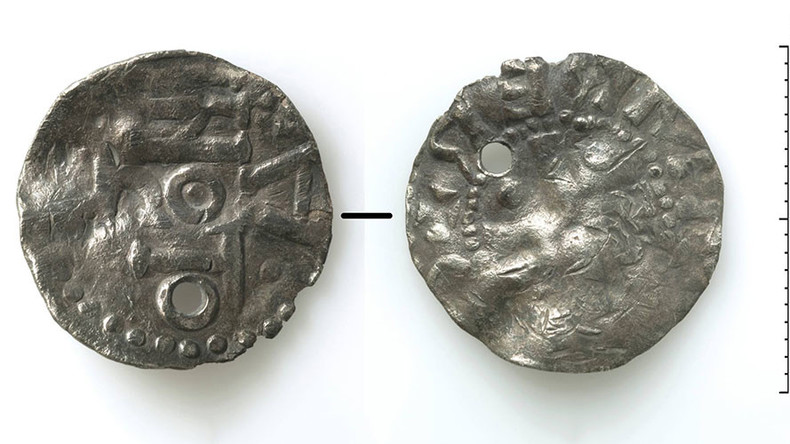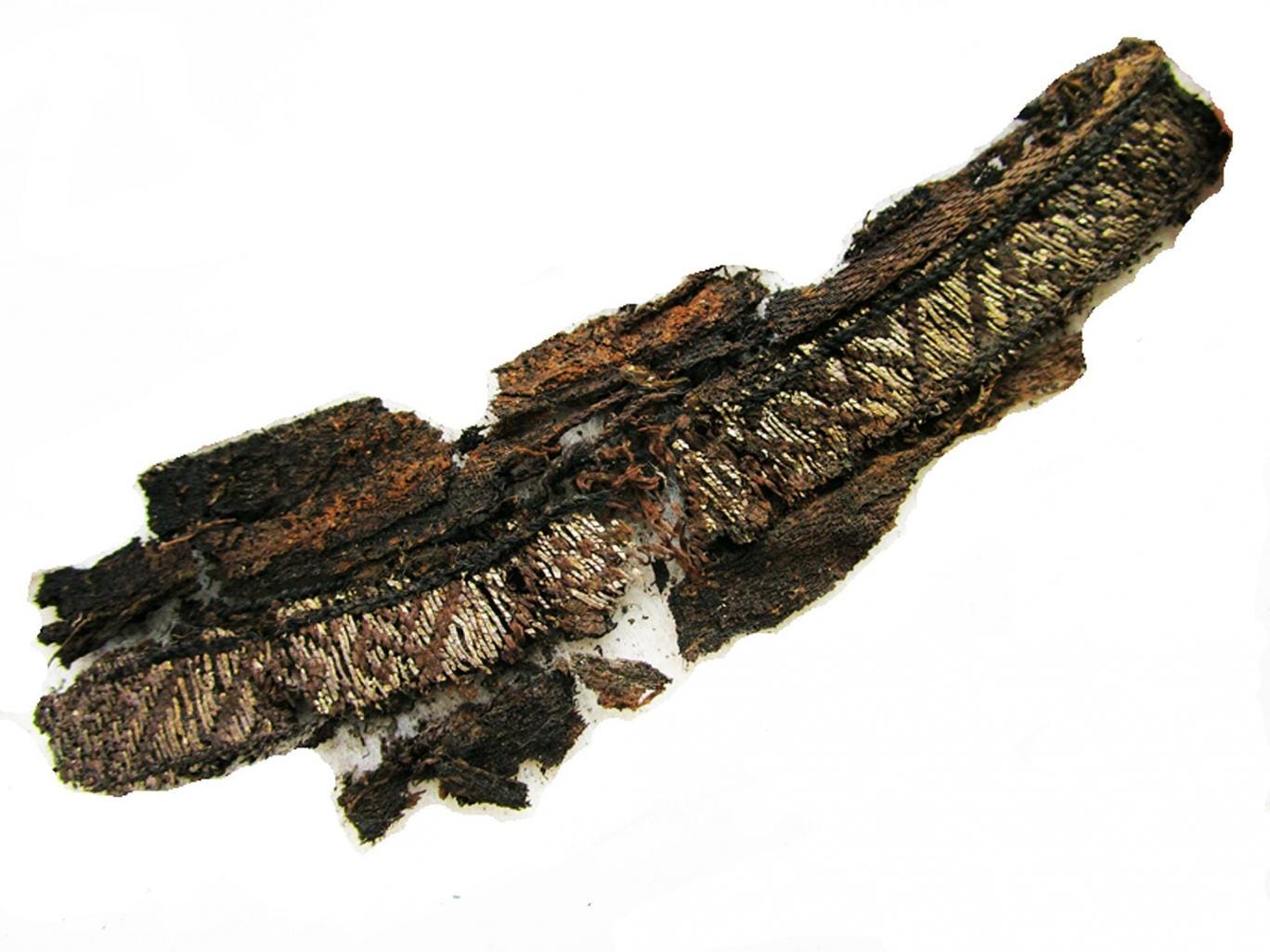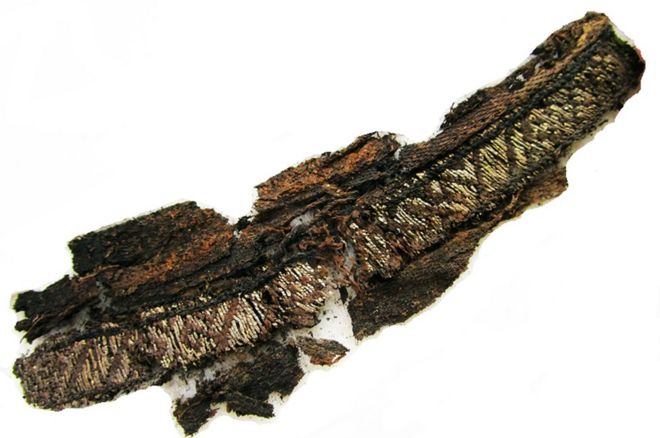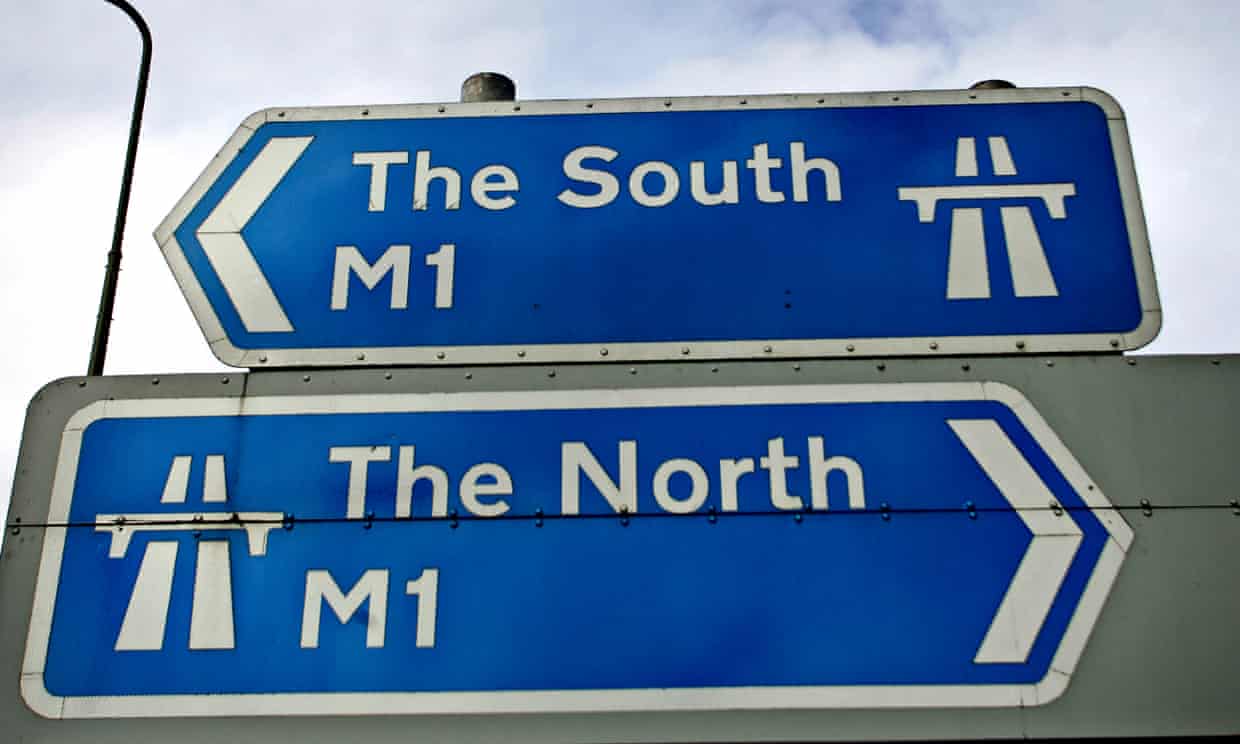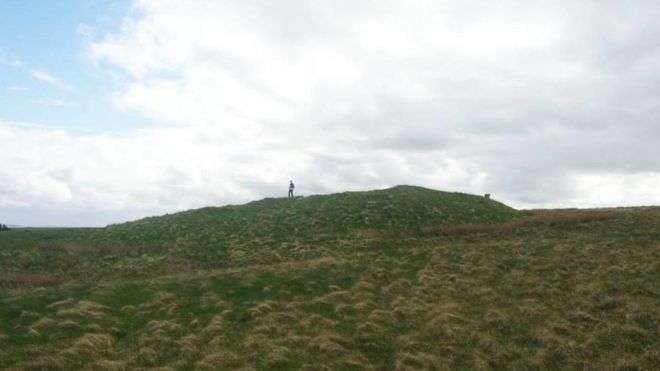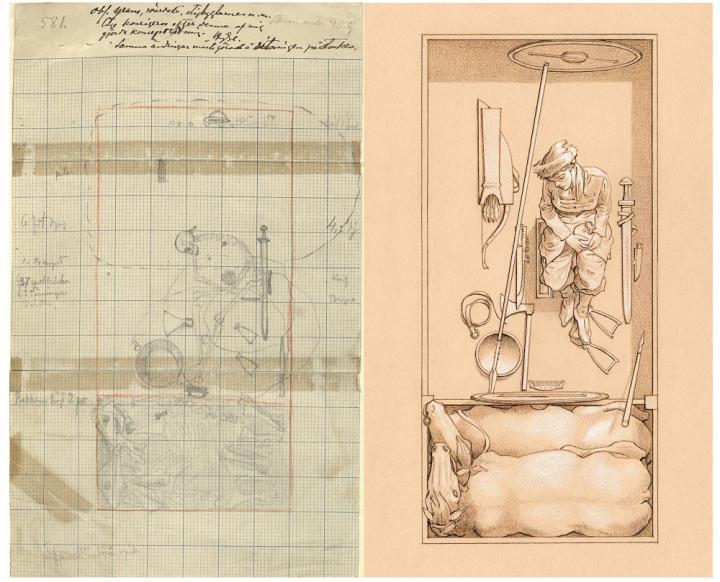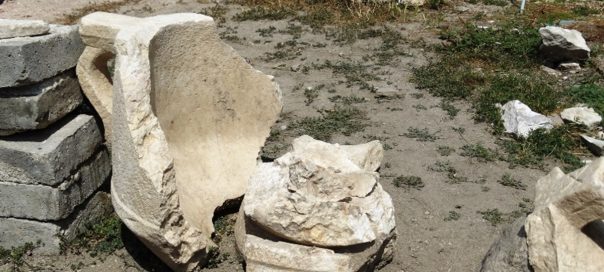This whetstone (a stone used for sharpening knives) has letters known as runes engraved on it, archaeologists found. Discovered recently during excavations in Oslo, the stone dates back to the Middle Ages, a time when the Vikings flourished in Norway
Credit: Karen Langsholt Holmqvist/NIKU
A stone carved with symbols known as runes and dating to the Middle Ages has been discovered during an excavation ahead of a railway-construction project in Oslo, Norway.
The runes, which were found engraved on a whetstone (a stone used for sharpening knives), date to sometime around 1,000 years ago when the Vikings (also called the Norse) flourished in Norway. The runic writing system conveyed a language and could be used to record and convey information as well as cast spells. Each rune formed a letter or sign and a combination of runes could spell out a word. Who engraved the runes on this newly discovered stone is unknown.
Read the rest of this article...

